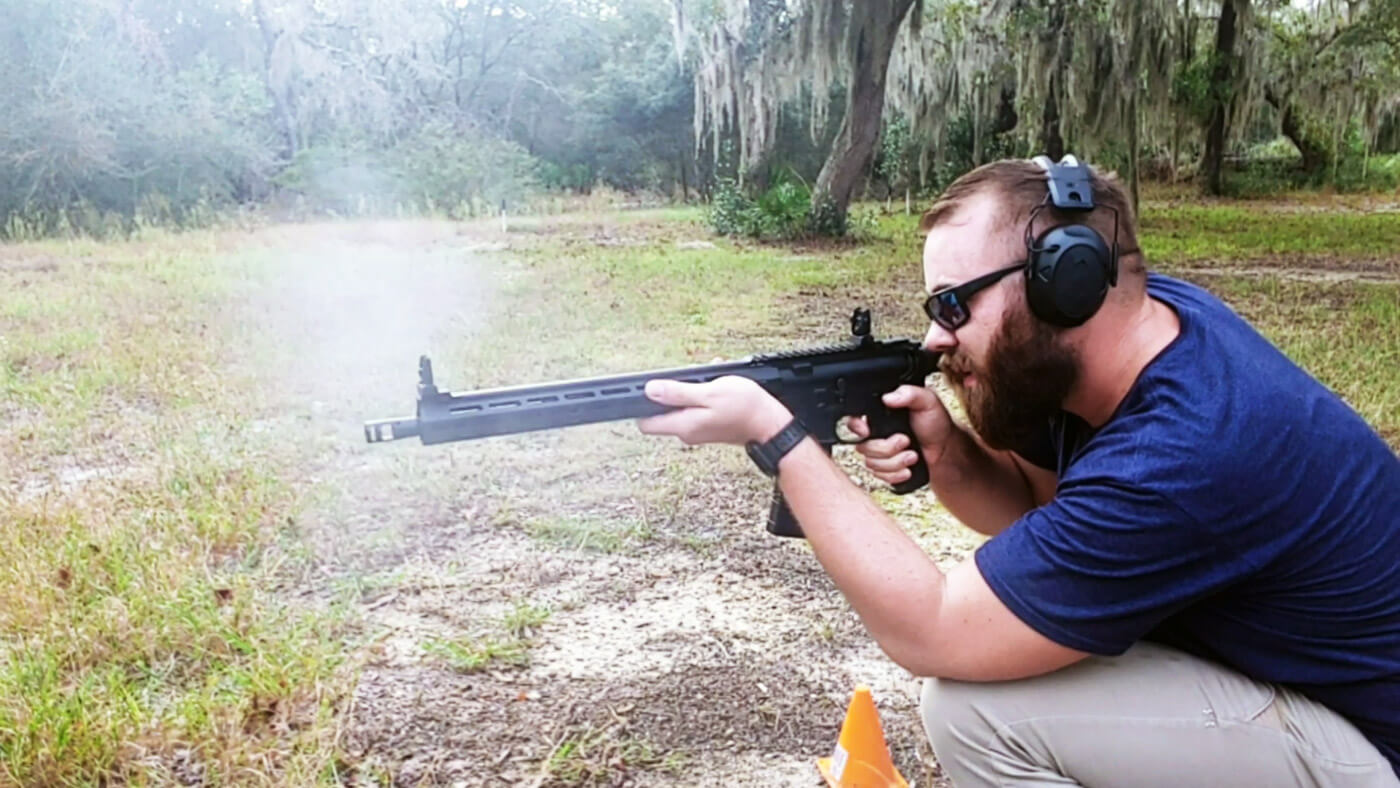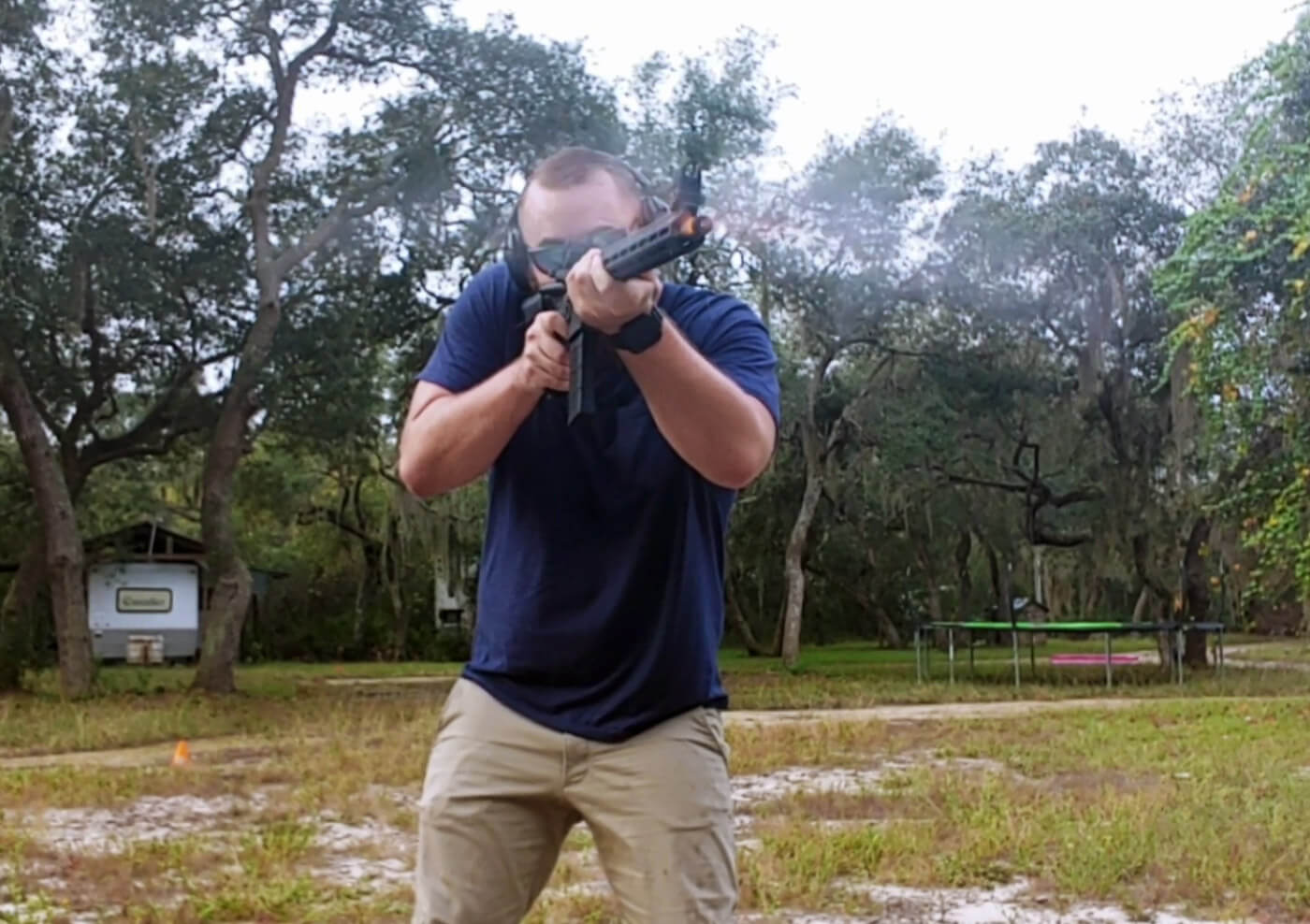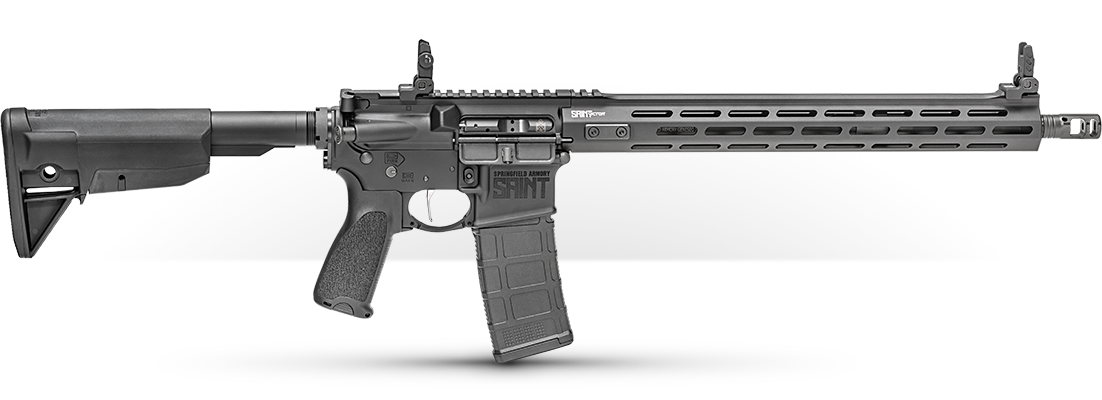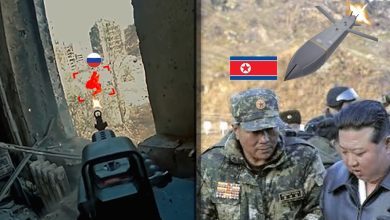Surviving Incoming Fire Drill

When it comes to the skills of a rifleman, there are several fundamental and basic skills you should have. One is the ability to shoot in multiple positions, as well as the ability to assume these positions quickly. The three most basic rifle shooting positions are standing, kneeling, and prone. Mastery of these three positions allows you to conquer most environments and situations. Check out the video above to see how to refine these must-have skills.
Stay in the Fight
The high, low, and lower drill is designed to teach you how to transition between different positions and assume a proper firing position. You’ll be assuming different positions and firing multiple rounds from these positions. The key to building skills with this drill is to move as fast as you can. You want to assume each position with speed and get your weapon up and ready to fire as quickly as possible.
Why are positions and the ability to transfer to them important? Well, lower positions often offer you a more stable position to fire from, for one. The kneeling and prone positions give you a better base to fire from. Better yet, when rounds start coming back at you, you’ll be a smaller target. Also, getting behind and using cover will often mean you have to assume a lower position.
Assuming the position doesn’t just mean getting into the position, but also getting your weapon up and on target as well. Training to achieve this quickly could save your life. Being able to get down quickly but having your weapon ready is the ideal immediate-action drill when receiving incoming fire.
This drill has a standard run and a dynamic run.

Staying Standard
We’ll start with the standard run first. Start with a generous par time, say 12 seconds, and practice moving through each position and dry firing. Learn how your body moves and how to get your rifle up and on target.
When you go live, load up nine rounds in a single magazine. Set up a man-sized target at 50 yards. The drill begins with you starting in the standing position and firing two rounds into the torso of your target. Transition to kneeling and fire two rounds again. Finish in the prone position, firing two rounds into the chest once more.
That’s a simple run of it, and an important run to build the basic fundamentals of positioning. This will also exercise the speed necessary to rapidly transition to these positions. You’ll learn, with practice, how to establish a stable base of fire. Once you can beat 12 seconds, try to beat 10, then eight, etc.

The Dynamic Run
Once you’ve gotten more stable and quicker in assuming positions and getting on target you can switch it up and make it a little harder. You’ll need lines at 50, 25, and 15 yards. You’ll still need a single magazine and nine rounds.
Start at the 50-yard line in the standing position, rifle up. On the go signal, transition all the way to the prone and fire two rounds into your target.
From here, transition all the way back to standing and run to the 25-yard line. At the 25-yard line, transition to the kneeling position and fire two rounds at your target.
From here, stand and run to the 15-yard line. At the 15-yard line fire two rounds into your target in the standing position.
The dynamic run still trains you to get into multiple positions, but it teaches you how to get up quickly. Getting up can be just as important as getting down, and the dynamic drill stresses getting up and moving as much as it does getting down.
It’s also a lot more fun to get up and move and shoot. Doing this for fun is a blast and it’s a valuable training tool. Both the standard and dynamic training drills are excellent training tools. From experience, I can say when someone starts shooting at you the first thing you want to do is get low and take cover. Being able to do it quickly and to accurately return fire is a basic, but valuable skillset for any shooter with a defensive mindset.
Join the Discussion
Featured in this video
Read the full article here








